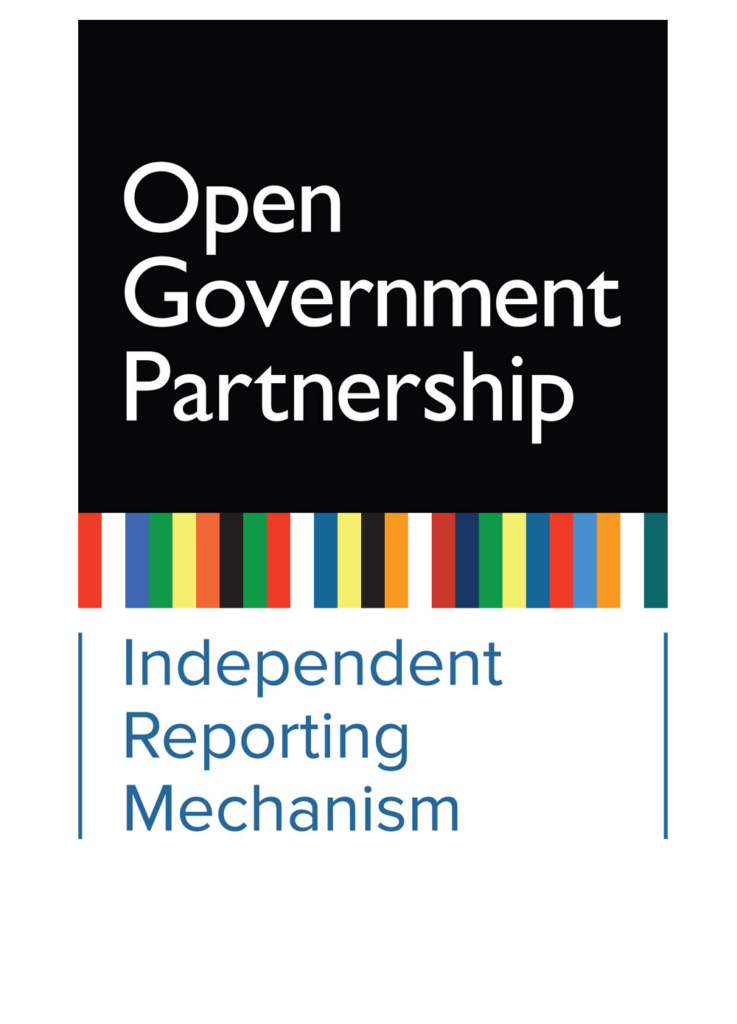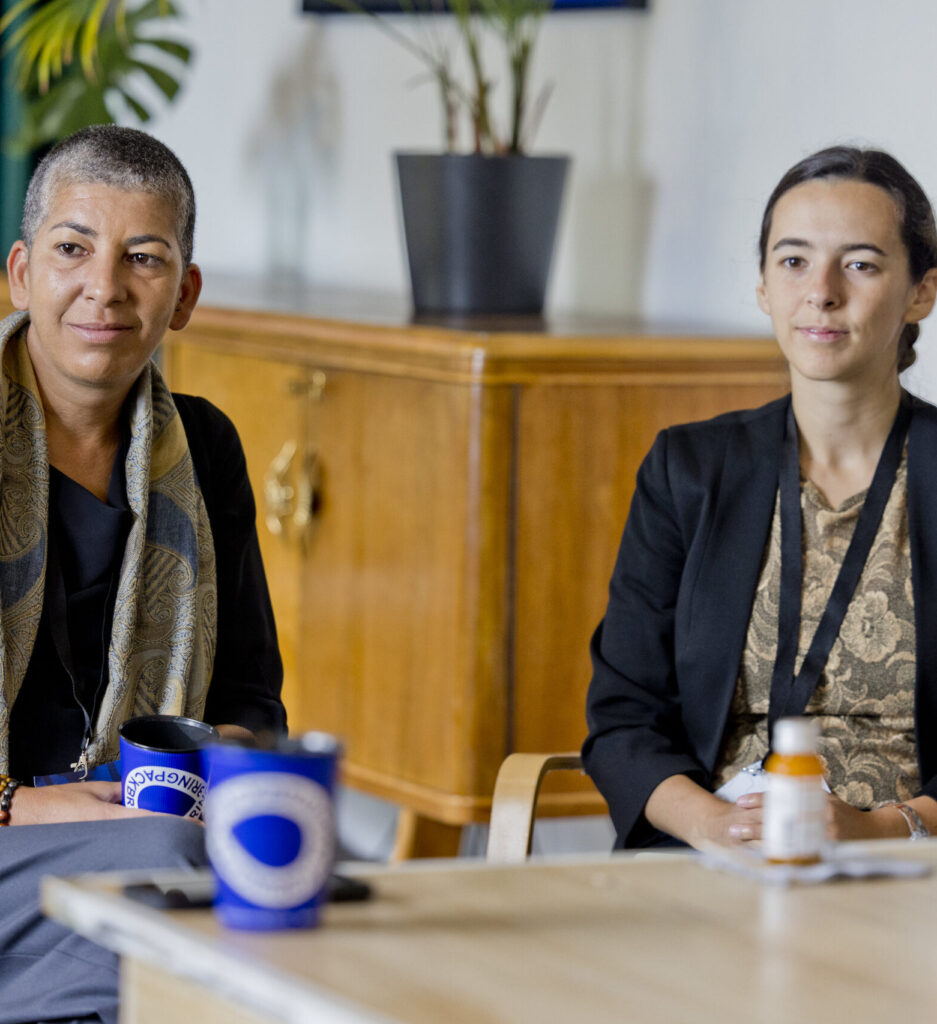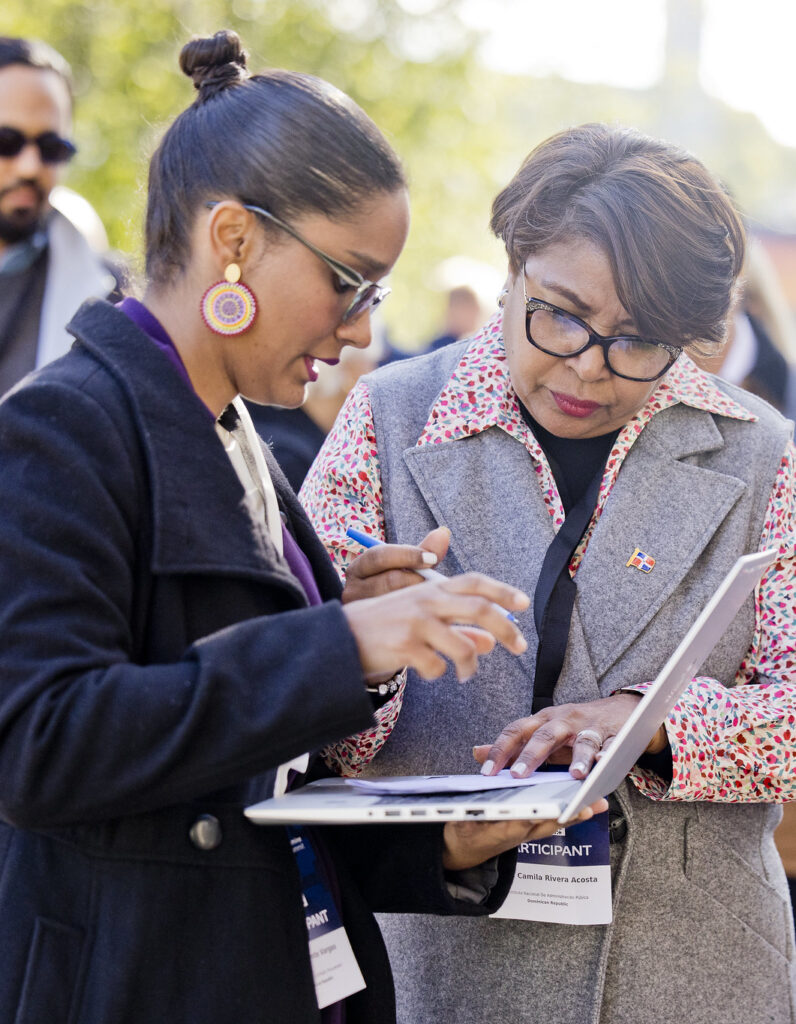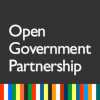
Introduction
The Independent Reporting Mechanism (IRM) is OGP’s accountability arm and the main means of tracking progress in participating countries.
Since 2011, the IRM has provided independent, evidence-based, and objective reporting to hold OGP members accountable and support their open government efforts. This is done through reports and timely recommendations during key moments in the action plan cycle.
The IRM is a valuable resource to OGP members. It contributes to building the credibility of the partnership and enables learning across members of the open government community.

Publications
To fulfill its role, the IRM process tracks member progress throughout the action plan cycle. The IRM creates the following publications as part of this process:
Co-Creation Brief
The co-creation brief shares lessons from past action plans and international open government practice to support multi-stakeholder forums and/or governments in co-designing high quality, ambitious, and feasible action plan commitments. It also outlines potential topic areas for future commitments. This publication is produced before a member begins co-creating an action plan.
Action Plan Review
The action plan review is an independent, concise, technical review of the characteristics of the action plan and the strengths and challenges the IRM identifies to inform a stronger implementation process. It provides targeted recommendations on how to achieve effective results. This is produced once a final action plan is submitted to OGP.
Midterm Review
Countries that submit four-year action plans are expected to undertake a refresh process at the two-year mark. The refresh process is an opportunity to take stock of implementation progress thus far and update the action plan as needed. The Midterm Review evaluates the refresh process, any amended or new commitments, and also provides a general update on implementation progress.
Results Report
The results report assesses the level of completion of action plan commitments and checks compliance with OGP Participation and Co-creation Standards. The results report supports accountability and learning with evidence-based analysis and lessons for reflection.
Starting in 2024, the IRM began publishing the “Open Government Journeys” report series to capture the story of reform over time in some of OGP’s longest members.
Open Government Journeys
In this series, the IRM explores the challenges, major achievements, and the future of open government. Understanding the steps it takes to shift the status quo to more transparent, accountable, and responsive governance holds lessons for all reformers looking to apply open government principles to real-world challenges.
The IRM also looks at the commitments implemented as part of the OGP Local process in its biennial Local Report.
Local Report
Every two years, the IRM looks at the commitments implemented as part of the OGP Local process and collaboration between local government and civil society. The Local Report identifies lessons learned, success stories, and innovative approaches to local open government across OGP.
You can find the latest IRM publications here.

Process
IRM publications follow a regular timeline, with production running parallel to the OGP action plan cycle.
This starts with desk research and reviewing information available online or in government OGP repositories. The IRM, aided by a network of researchers, conducts interviews with in-country stakeholders and further research to verify and deepen the analysis. Our publications are reviewed by external experts on open government. Governments, civil society, and the public can give feedback on draft reviews and reports.
For a detailed summary of the production process for the Co-Creation Brief, Action Plan Review, and Results Report, as well as the involved actors, please explore the IRM Process Pathway below.

Methodology
Based on OGP community feedback, in 2020 the IRM refreshed its approach to be simpler and more collaborative to help increase participation and improve commitment implementation.
It now provides more targeted and timely recommendations, and shares knowledge and international know-how, at moments when country members identify they need it most.
Find out more about the IRM Refresh:

Oversight and Accountability
The IRM’s independence is safeguarded by the International Experts Panel (IEP). The IEP members are renowned experts in open government who guide the development and implementation of the IRM research methodology and ensure the highest quality of reports. The global network of IRM researchers also plays an important role to ensure regional, country, and thematic expertise in analyzing commitments and the action plan cycle. IRM researchers are vetted for conflict of interest and trained to conduct IRM research.
Current Guidance Documents
- IRM Procedures Manual (2025) (English, Spanish, French)
- IRM Guidelines for the Assessment of Minimum Requirements
- IRM Guidance on Commenting
- IRM Escazú Guide
